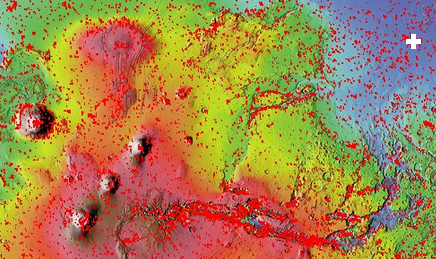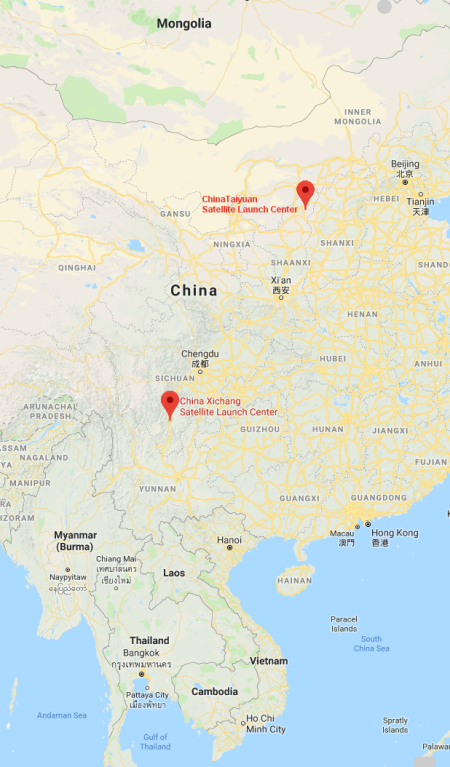NASA resets listening plan for Opportunity
NASA has rearranged its listening plans for the rover Opportunity so that it will extend into the dust devil season beginning in November.
The science team is also sending a command three times a week to elicit a beep if the rover happens to be awake, and will soon be expanding the commanding to include “sweep and beeps” to address a possible complexity with certain conditions within the mission clock fault. These will continue through January of 2019.
The dust storm on Mars continues its decay with atmospheric opacity (tau) over the rover site continuing to decrease. Once the tau has fallen below an estimated measurement of 1.5 twice – with one week apart between measurements – a period of 45 days will begin representing the best time for us to hear from the rover.
This also represents the best time to attempt active commanding during a specific mission clock fault condition. Back during the attempted recovery of the Spirit rover, a technical issue required the team to actively command the rover to communicate. Opportunity has no such issue; if we hear from it, it will likely be from listening passively as we have been, and as we will continue to do through January.
We will also actively attempt to command the rover to communicate during the 45-day listening period to cover the clock fault condition. After that, we will report to NASA on our efforts.
In other words, the final 45 day listening period will not officially begin until the Martian atmosphere has cleared more, rather than begin about now and thus end about the middle of November, before the dust devil season begins.
The reasons they want to listen through the dust devil season is that they believe it likely that the rover’s solar panels have been covered with dust, and will need a nearby dust devil to blow this away. This might sound unlikely, but it has happened several times with both Spirit and Opportunity during both of their spectacularly extended missions.
NASA has rearranged its listening plans for the rover Opportunity so that it will extend into the dust devil season beginning in November.
The science team is also sending a command three times a week to elicit a beep if the rover happens to be awake, and will soon be expanding the commanding to include “sweep and beeps” to address a possible complexity with certain conditions within the mission clock fault. These will continue through January of 2019.
The dust storm on Mars continues its decay with atmospheric opacity (tau) over the rover site continuing to decrease. Once the tau has fallen below an estimated measurement of 1.5 twice – with one week apart between measurements – a period of 45 days will begin representing the best time for us to hear from the rover.
This also represents the best time to attempt active commanding during a specific mission clock fault condition. Back during the attempted recovery of the Spirit rover, a technical issue required the team to actively command the rover to communicate. Opportunity has no such issue; if we hear from it, it will likely be from listening passively as we have been, and as we will continue to do through January.
We will also actively attempt to command the rover to communicate during the 45-day listening period to cover the clock fault condition. After that, we will report to NASA on our efforts.
In other words, the final 45 day listening period will not officially begin until the Martian atmosphere has cleared more, rather than begin about now and thus end about the middle of November, before the dust devil season begins.
The reasons they want to listen through the dust devil season is that they believe it likely that the rover’s solar panels have been covered with dust, and will need a nearby dust devil to blow this away. This might sound unlikely, but it has happened several times with both Spirit and Opportunity during both of their spectacularly extended missions.



